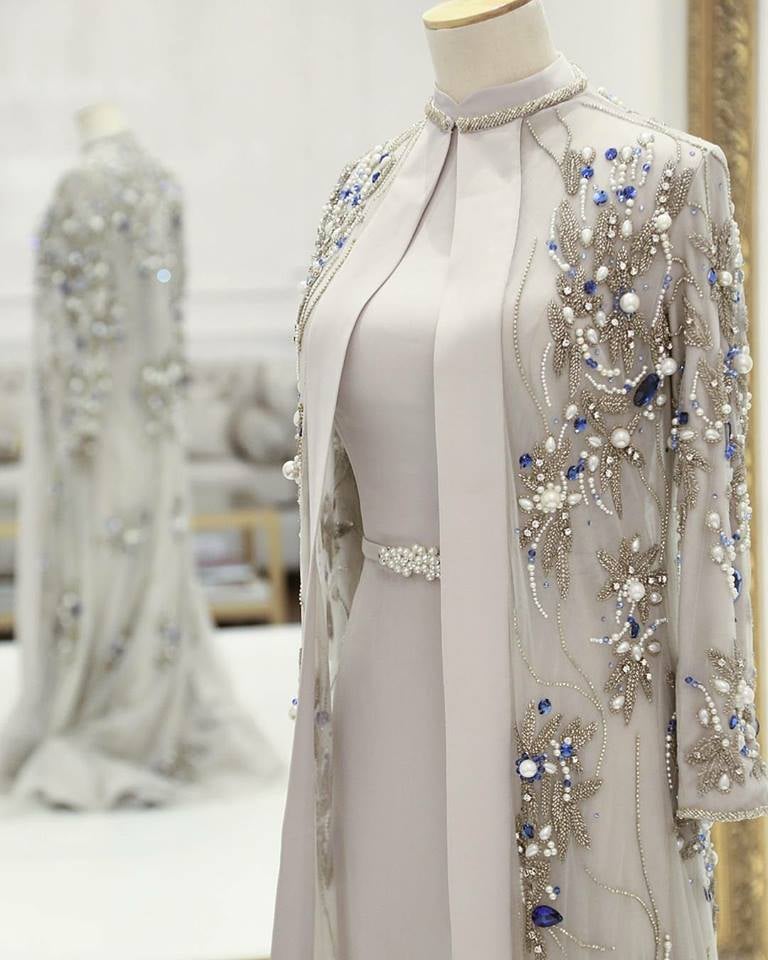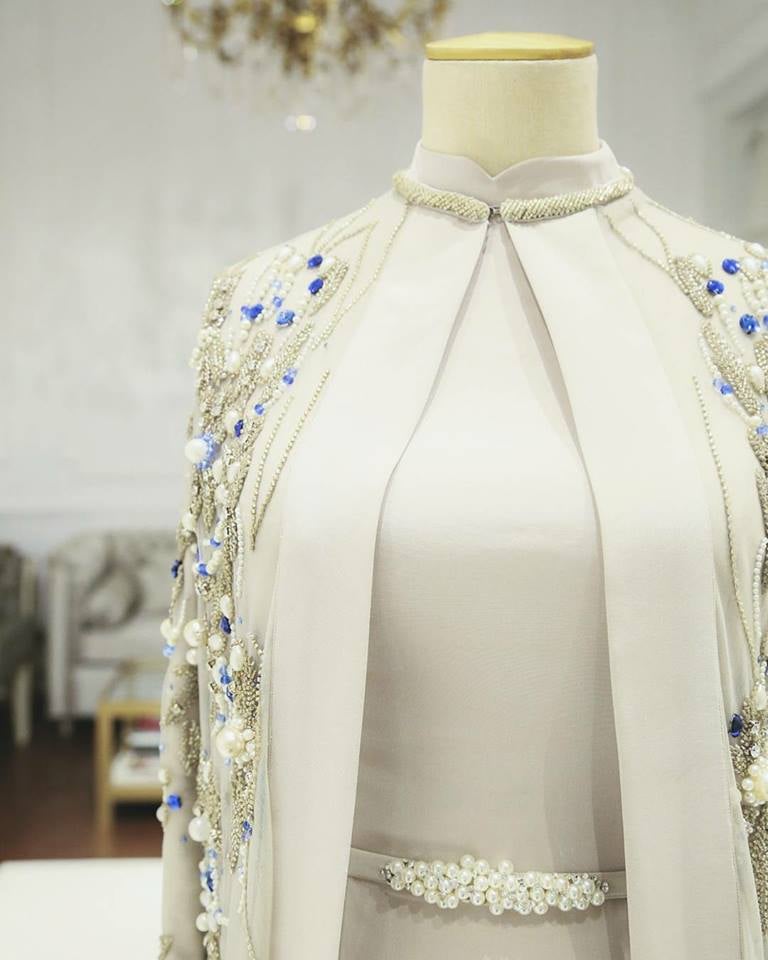Dresses can be worn for both a casual day at home and a sexy night out on the town. Choosing the right outfit for any occasion can be made easier if you are aware of amazing type of dresses

What Exactly Is a Dress?
A dress is a two-piece outfit consisting of a top and a skirt that can be worn separately or together. Ancient Egyptian women are thought to have worn the world’s oldest garments read also about amazing home interior design

Dresses have evolved over time to reflect shifting fashion tastes. Corsets were a popular undergarment from the beginning of the eighteenth century to the beginning of the twentieth century. The standard for women’s clothing had changed by the 1920s, and loose-fitting gowns were becoming increasingly popular. To keep things comfortable, this outfit featured lighter fabrics and emphasized a more natural figure.
A variety of dresses are available today, from formal ball gowns to more casual sundresses, making it easier for women to express their individual style. Depending on the occasion, dresses can fall mid-calf, mid-thigh, or even to the ground. T-shirt, sheath, tunic and maxi dresses are some of the most popular dresses of the moment, as well as the sleeveless mini, skater, slip dress, and sweater dress.
What Are the Elements of a Dress ?

Dresses are made up of four main sections that are sewn together to create a silhouette. A dress’s silhouette is essentially the dress’s shape. An A-line dress, for example, is a well-liked silhouette for a variety of body types. The dress has a triangular silhouette thanks to the cinched waist and the flowing skirt.
Sleeves/straps: A dress can have long, short, or no sleeves at all. The sleeves of a garment serve two purposes: to keep your arms warm and to support the bodice. The sleeves of a dress can have a significant impact on the overall look of the garment, depending on the season. Spaghetti straps, for example, are commonly seen on summer dresses and contribute significantly to the overall aesthetic. By exposing more of the neck, the thin, strappy pieces of fabric can help keep the wearer cooler.
Dress bodice: The dress bodice defines the neckline and the torso of the wearer’s body. V-necked to high-necked, the bodice can take many shapes and forms. The chest and waist are typically emphasized by the structure of most bodices. If you’re looking for an outfit that’s both stylish and comfortable, you may want to consider the Halter Neck Bodice. With a fitted bodice, this outfit accentuates the waist.
The waistline : is a horizontal seam that connects the bodice and the skirt of a dress, and it has a significant impact on the dress’s silhouette. Empire waists can lengthen the lower half of the body, for example. Contrarily, the looser-fitting waistlines and shapes of the shift and baby doll dresses give them a boxy appearance.
Skirt : Everything from the waist to the hemline of the dress is considered the skirt. Miniskirts can be long or short; loose or form-fitting; or tea-length (measuring just above the ankle). As an example, a peplum dress has a tight, knee-length skirt that gives it the appearance of a sophisticated pencil dress. A full skirt is commonly used to add volume to many dress styles. In the 1950s, women began wearing petticoats under their skirts to give them more shape and body. A voluminous skirt is also a feature of flare dresses.
Amazing Type of Dresses
Sundress : It was in the 1940’s that the term “sundress” was first used, but the style of dress only became widely popular in the 1950’s. For summer, sundresses are lightweight dresses with open necklines that are ideal for lounging around the pool. There are also a lot of sundresses with floral prints and cutouts. There are many different lengths and styles to choose from when it comes to sundresses, all of which are loose-fitting and sleeveless.
Blazer Dress :When it comes to a business-chic look, nothing says “chic” like a dress layered over a jacket. Men’s blazers were the first to be worn by women when André Courrègesit introduced the pantsuit in 1964. The blazer dress reinterprets a jacket traditionally associated with men’s fashion in a more feminine way.
Cocktail dress : Dresses in this style, known as cocktail dresses or party dresses, are knee-length or just below the knee. Cocktail dresses, as the name implies, are ideal for a typical cocktail party, but they are also versatile. Coco Chanel designed the little black dress in 1926, making it a wardrobe staple and the de facto cocktail dress of choice for many women.
Gown :As a formal dress with a floor-length skirt, the gown is also known as an evening dress or ball gown. Chiffon, tulle, silk, and satin are some of the more luxurious fabrics that are used to make these gowns, making them more expensive as well. Gowns with beaded, sequin, or lace details are often hand-sewn. From figure-hugging mermaid dresses to full skirt ball gowns, gown silhouettes range widely. Whether it’s a ruffled or lowered sleeve, the off-the-shoulder gown is a classic style that emphasizes the shoulders. If the wedding is a black-tie affair, the guests will almost certainly be dressed to the nines.
Wedding Dress : When a bride gets married, she wears a wedding gown. When it comes to wedding attire, short dresses or full length gowns are up to the individual. In the United States, white wedding dresses are the norm, but in other countries, wedding gowns come in a wide range of hues. Wedding gowns are often embellished with frills, ruffles, lace, and beading to mark the occasion.







